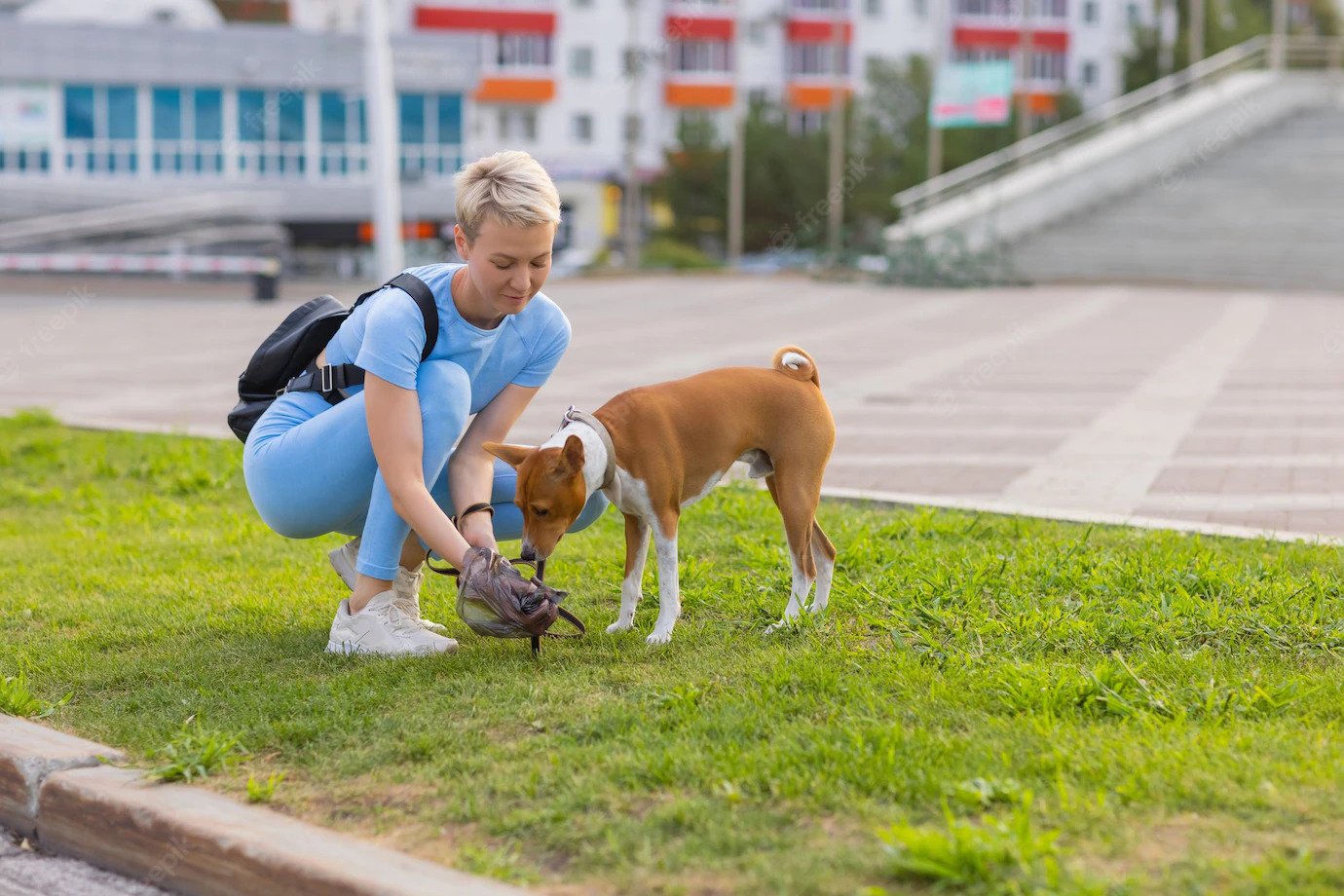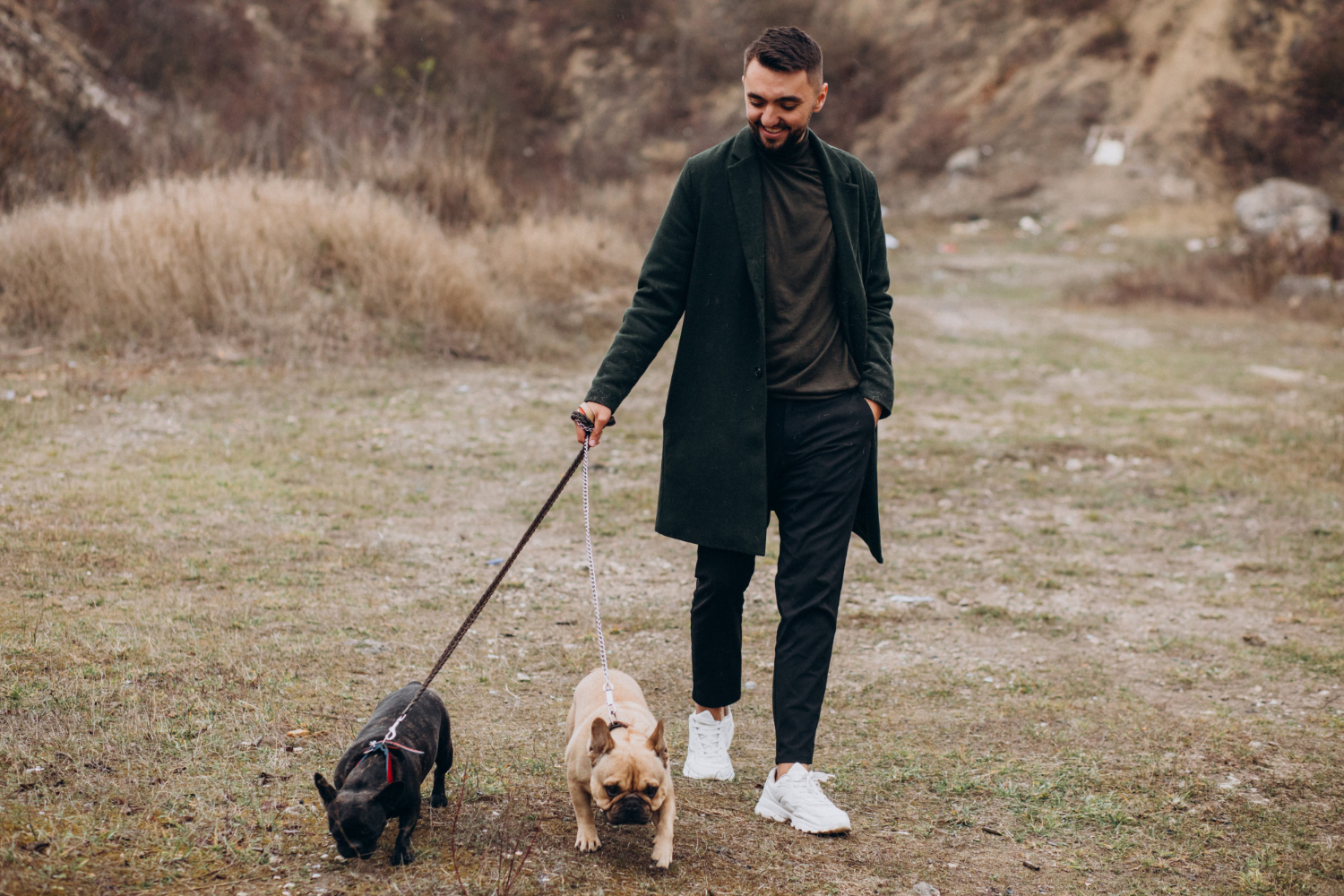Coming When Called
One of the greatest joys of owning a dog is go for a walk in a park or the woods and let him run, knowing he will come when he is called. A dog that does not come when called is a prisoner of his leash and if he gets loose, a danger to himself and others.
SETTING RULES
-
Exercise, exercise, exercise.
Many dogs do not come when called because they do not get enough exercise. At every chance, they run off and make the most of it by staying out for hours at a time. Consider what your dog was bred to do and that will tell you how much exercise he needs. Just putting him out in the backyard will not do. You will have to participate. Think of it this way, exercise is as good for you as it is for your dog.
-
Whenever your dog comes to you, be nice to him.
One of the quickest ways to teach your dog not to come to you is to call him to punish him or do something the dog perceives as unpleasant. Most dogs consider being given a bath or a pill unpleasant. When he needs either, go and get him instead of calling him to you. Another example of teaching your dog not to come is to take him for a run in the park and call him to you when it's time to go home. Repeating this sequence several times, teaches the dog "the party is over!" Soon, he may become reluctant to return to you when called because he is not ready to end the fun. You can prevent this kind of unintentional training by calling him to you several times during his outing, sometimes giving him a treat, sometimes just a pat on the head. Then let him romp again.
-
Teach him to come when called as soon as you get him, no matter how young he is.
Ideally, you acquired your dog as a puppy and that is the best time to teach him to come when called. Start right away. But remember, sometime between the 4th and 8th months of age, your puppy will begin to realize there is a big, wide world out there. While he is going through this stage, it is best to keep him on leash so that he does not learn he can ignore you when you call him.
-
When in doubt, keep him on leash.
You may be tempting fate trying to call him once he has spotted a cat, another dog, or a jogger. Of course, there will be times when you goof and let him go just as another dog appears out of nowhere. Resist the urge to make a complete fool of yourself by bellowing "come" a million times. The more often you holler "come," the quicker he learns he can ignore you when he is off leash.Instead, turn your back to him and calmly walk away. When he catches up to you, give him a treat as you put your left hand under his chin, palm facing up, through his collar and then put him on leash. Do not get angry with him once you have caught him or you will make him afraid of you and he will run away from you when you try to catch him the next time.
-
Touch his collar before rewarding him.
Make sure your dog always comes to you and lets you touch his collar before you reward him with a treat or praise. Touching his collar prevents the dog from developing the annoying habit of playing "catch" - coming towards you and then dancing around you, just out of reach.
THE GAME OF COMING WHEN CALLED
You'll Need: Two People, One Hungry Dog, One six foot leash and Plenty of small treats.
-
Goal: Dog responding on being called on his own
Inside the house, with your dog on a six-foot leash, you and your partner sit on the floor or ground, six feet apart, facing each other. Your partner gently hangs on to the dog, you hold the end of the leash. Call your dog by saying "name, come," and use the leash to guide him to you. Put your hand through his collar, give him a treat, pet and praise him enthusiastically. Now you hold the dog and pass the leash to your partner who says "name, come," guides the dog in, puts his hand through the collar, gives him a treat, and praises the dog. Repeat until your dog responds to being called on his own and no longer needs to be guided in with leash.
-
Goal: Increasing distance
Repeat Step 1 with your dog off leash. Gradually increase distance between you and your partner to 12 feet.
-
Goal: Finding you in the house
Have your partner hold your dog (off leash) while you hide from him (go into another room), then call your dog. When he finds you, put your hand through the collar, give him a treat, and praise him. If he can't find you, go to him, take him by the collar and bring him to the spot where you called. Reward and praise. Now have your partner hide and then call him. Repeat until the dog doesn't hesitate in finding you or your partner in any room of the house.
GOING OUTSIDE
Take your dog outside to a confined area, such as a fenced yard, tennis court, park or schoolyard and repeat Steps 1, 2 and 3.
You are now ready to practice by yourself. Let your dog loose in a confined area and ignore him. When he is not paying any attention to you, call him. When he gets to you, give him a treat and make a big fuss over him. If he does not come, go to him, take him by his collar and bring him to the spot where you called him where you then reward and praise him.
Repeat until he comes to you every time you call him. Once your dog is trained, you don't have to reward him with a treat every time, but do so frequently.

ADDING DISTRACTIONS
Some dogs will need to be trained to come in the face of distractions such as other dogs, children, joggers, food, or friendly strangers. Think about the the most irresistible situations for your dog and then practice under those circumstances.
ON LEASH
-
SETTING COMMANDS
Put a 12' leash on your dog (this can be two six' leashes tied together) and take him to an area where he is likely to encounter his favorite distraction. Once he spots it (jogger, bicycle, other dog, whatever), let him become thoroughly engrossed, either by watching or straining at his leash, and give the command "name, come." More than likely, he will ignore you. Give a sharp tug on the leash and guide him back to you. Praise and pet him enthusiastically. Goal: Repeat 3 times per session until the dog turns and comes to you immediately when you call. If he does not, you may have to change your training equipment. (See, Chapter 9, Alternatives.) Note: Some dogs quickly learn to avoid the distraction by staying close to you, which is fine. Tell him what a clever fellow he is and then try with a different distraction at another time.
-
TRAINING IN DIFFERENT LOCATIONS
Repeat Step 1 in different locations with as many different distractions as you can find. Try it with someone offering your dog a tidbit as a distraction (the dog is not to get the treat)ÂÂ, someone petting the dog and anything else that may distract him. Use your imagination. Goal: A dog that comes immediately when called even when distracted.
OFF LEASH DISTRACTIONS
How you approach this part of the training will depend on your individual circumstances. Here is an example. Take your dog to an area where you are not likely to encounter distractions in the form of other dogs or people. Let him off leash and become involved in a smell in the grass or a tree. Keep the distance between you and him about 10'. Call him to you. If he responds, praise him enthusiastically. If not, avoid the temptation to call him again. Don't worry, he heard you, but chose to ignore you. Instead, slowly walk up behind him, firmly take him by his collar, under his chin, palm up, and trot backwards to the spot where you called him. Then praise him.

Once he is reliable at this point, try him in an area with other distractions. If he does not respond, practice for the correct response with the 12' leash before you try him off leash again.
Can you now trust him to come to you in an unconfined area? That will depend on how well you have done your homework and what your dog may encounter in the "real" world. Understanding your dog and what interests him will help you know when he is likely not to respond to being called.
Let common sense be your guide. For example, when you are traveling and have to let him out to relieve himself at a busy interstate rest stop, it would be foolhardy to let him run loose. Remember Rule #4: when in doubt, keep him on leash.
SUMMARY
1. If your dog does not come when called, you don't have a dog.
2. Whenever your dog comes to you, be nice to him.
3. When in doubt, keep him on leash.
4. Always touch his collar after he has come to you and before you reward him.
5. Teach him to come when called now.
6. "Come" is one of the most important commands you will teach your dog.
